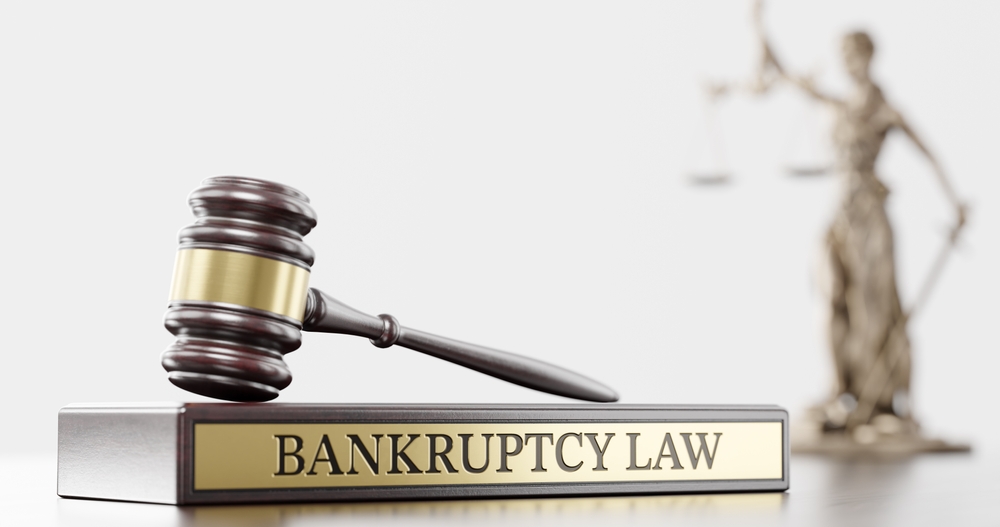





Partner/Owner at Debt Advisors Law Offices
Practice Areas: Chapter 7 Bankruptcy, Chapter 13 Bankruptcy, Stop Foreclosure

The cost of living in Wisconsin has been climbing steadily, putting serious financial pressure on families across the state. From housing and healthcare to food and education, many essential expenses are outpacing wages, leaving households struggling to stay afloat. This rising cost of living doesn’t just affect day-to-day budgets, it is also linked to higher debt levels and an increase in bankruptcy filings.
This article explores how these economic pressures are shaping the financial reality of Wisconsin residents, why debt is growing, and what broader trends reveal about the future.
The term “cost of living” refers to the amount of money required to cover basic needs like housing, food, healthcare, transportation, and education. In Wisconsin, the prices of these essentials have increased at a rate faster than average wage growth, creating a widening financial gap.
Housing has become less affordable, with rental rates and home prices rising across urban centers like Milwaukee and Madison. Healthcare costs have also surged, with higher premiums and deductibles making it harder for families to access medical care without financial strain.
Tuition fees at universities have grown, leaving students and parents with larger education-related debt burdens. Everyday essentials such as groceries, fuel, and utilities continue to rise due to inflation.
Wages have not kept pace. According to the Wisconsin Department of Workforce Development, average wage growth has lagged behind the sharp increases in housing and healthcare costs. This imbalance makes it harder for households to maintain financial security, even when working full-time jobs.
“According to the Wisconsin Department of Workforce Development, average wages have grown just 3% annually, while housing and healthcare costs have risen nearly 8% over the same period.”
As living expenses grow, many families are forced to rely on credit cards, personal loans, or high-interest payday loans to bridge the gap. This reliance quickly adds up. Interest charges make it difficult to pay down balances, leading to a cycle of borrowing and repayment that drains already limited incomes.
Savings are often the first casualty. Families that once set aside money for emergencies or retirement now find themselves using that income to cover rent, medical bills, or grocery costs. Without a safety net, even minor financial setbacks can tip households into unmanageable debt.
Medical expenses are a leading factor. A single hospital visit or emergency treatment can generate thousands of dollars in bills, which many Wisconsin families cannot pay in full. Education costs also contribute, with student loan debt rising year after year.
“The Federal Reserve Bank of Minneapolis found that Wisconsin households carry above-average levels of consumer debt relative to income.”
Rising debt has led to more Wisconsin residents considering bankruptcy. While bankruptcy is a legal tool that provides relief, it is not a simple solution and should not be seen as a guarantee.
The most common types of debt tied to bankruptcy filings in Wisconsin include medical bills, credit card balances, and housing-related expenses such as foreclosure or missed mortgage payments. The increase in these filings mirrors national trends, where economic pressure is driving families toward legal options for debt management. It is important to note that each bankruptcy case is unique. Outcomes depend on specific circumstances, income levels, and the type of debt involved.
Wisconsin households are feeling the squeeze from several interconnected issues. These aren’t isolated challenges; they compound one another, making it harder for families to maintain stability.
Taken together, these pressures explain why so many Wisconsin families find themselves relying on credit, struggling with debt, and considering financial or legal options to regain balance.
Even with rising costs, Wisconsin residents have access to programs and community support that can help reduce financial pressure. These resources are designed to make daily life more manageable and provide a safety net when money runs short.
Together, these resources form an essential layer of support for households navigating economic uncertainty, offering guidance and relief while longer-term solutions develop.
Not all Wisconsin residents are impacted equally. Rising costs hit low-income and marginalized groups hardest. These households often lack savings, have limited access to affordable housing, and face higher barriers to education and healthcare.
The result is a widening gap in economic opportunity. Families with higher incomes may adjust by reducing discretionary spending, but those with fewer resources are left making impossible choices between rent, healthcare, and groceries. This deepens financial insecurity and limits upward mobility.
|
Factor |
Trend in Wisconsin |
Impact on Households |
| Housing | Rising rents/home prices | Harder to secure affordable housing |
| Healthcare | Higher premiums & deductibles | Reduced access, financial vulnerability |
| Education Costs | Tuition up significantly | Student loan debt growth |
| Essentials & Inflation | Food, gas, utilities rising | Lower purchasing power |
| Stagnant Wages | Limited income growth | Savings and retirement compromised |
Costs of housing, healthcare, and essentials are outpacing wage growth, creating economic pressure that affects families statewide.
Families rely more on credit cards and loans to cover basics, which increases debt and reduces long-term financial stability.
Not always, but in Wisconsin, rising expenses and stagnant wages have contributed to increasing bankruptcy filings.
Medical bills, credit cards, housing costs, and student loans are the most common debts linked to higher living expenses.
Yes, state programs, nonprofits, and community services provide assistance for housing, healthcare, and financial counseling.
No. Bankruptcy is one legal option, but households may also explore credit counseling, repayment plans, and financial education resources.
The rising cost of living in Wisconsin has made it harder for families to remain financially secure. Higher housing, healthcare, and education costs combined with stagnant wage growth are pushing debt levels upward and leading more residents toward bankruptcy.
While state programs and community resources provide some relief, many households remain vulnerable. Understanding these economic pressures is the first step toward making informed choices about debt and long-term financial health.
If you are struggling with overwhelming bills or considering bankruptcy, speaking with an experienced Milwaukee bankruptcy lawyer can help you understand your legal options. At Debt Advisors Law Offices, our team is here to guide you through the process and explain what solutions may be available. Contact us today to schedule a free consultation and take the first step toward financial relief.

Learn about bankruptcy protections, types of bankruptcy, how to get started, what to expect, and who to trust. Filing bankruptcy is the ONLY way to completely eliminate debt. If bankruptcy is right for you, it offers powerful protections that cannot be achieved through alternative solutions such as hardship relief, loans, or debt settlement.